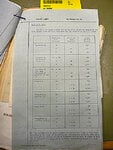- Thread starter
- #21
Of course.
You could if you were taking the German side and attacking England, but if you're taking the Allied side and attacking Germany it would leave your bombers unprotected over hostile airspace, unless I'm missing something.

